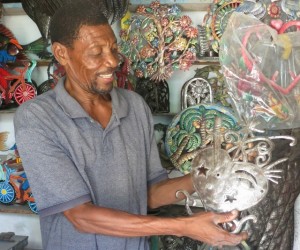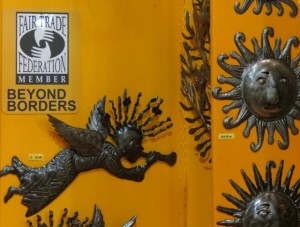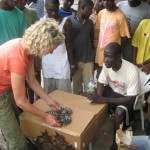Getting A Shipment from Haiti
People that know Beyond Borders/It’s Cactus might know us from retail and wholesale trade shows with our colorful booth full of sculpture displays and fresh flowers. Or they might know us from our retail shop off of Highway 68 in Toro Park just outside of Salinas, CA. But a HUGE part of the work that goes on for Beyond Borders/It’s Cactus takes place at our warehouse. It too is just outside of Salinas, and though it is known to few, it is there that the receiving, storing, and shipping takes place.
Every month, the process is repeated: An order is sent to Haiti, along with an average amount of $30,000 in prepayment, which is distributed among the artists of the village. About that same time, the completed products ordered the previous month are sent to California from Haiti. Just this past Tuesday, a shipment arrived at the warehouse – almost THREE TONS of folk art metal sculptures to be unpacked, sorted, inspected, and stored until they are sold and shipped to our customers here in the States and beyond.
Among our “warehouse warriors” there is excited anticipation as the delivery truck arrives. Everyone falls into rhythm as crates are off-loaded and pried open. Pieces come wrapped, but things being what they are in Haiti, wrapping materials simply consist of whatever is available at the time. Sculptures are variously bundled in bits of wire – even barbed wire! – cording, electrical tape, masking tape, surgical tape, plastic strips, fabric strips, or some combination thereof. In between sculptures, we’ve found newspapers, tissue, plastic sheeting and children’s homework. A surprise in every package – in more ways than one!
Contributed by Linda for Beyond Borders/It’s Cactus

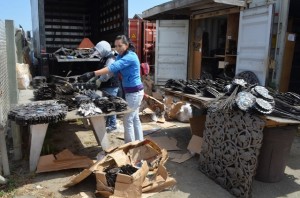
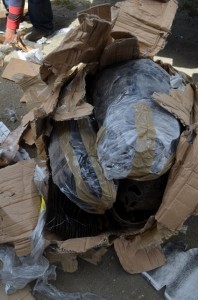
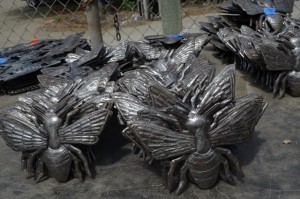
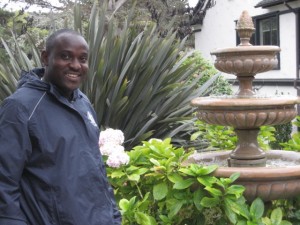

![BlackMadonna[1]](https://blog.itscactus.com/wp-content/uploads/2013/04/BlackMadonna1-201x300.jpg)
